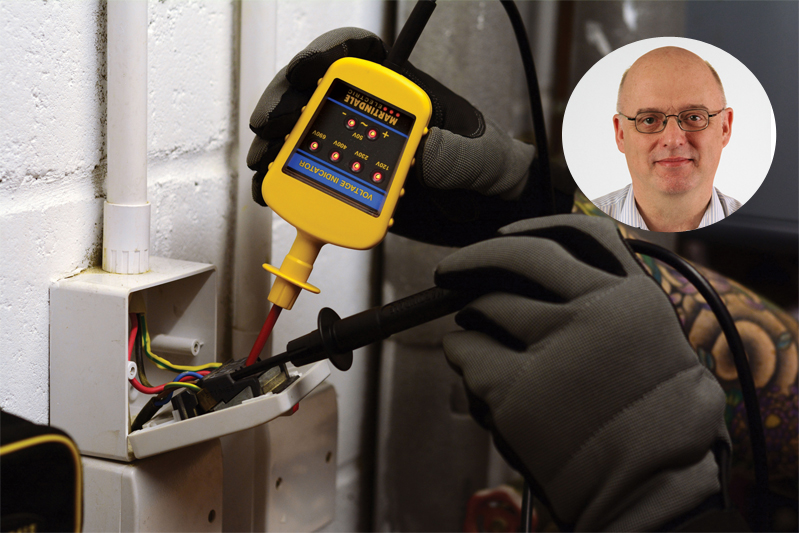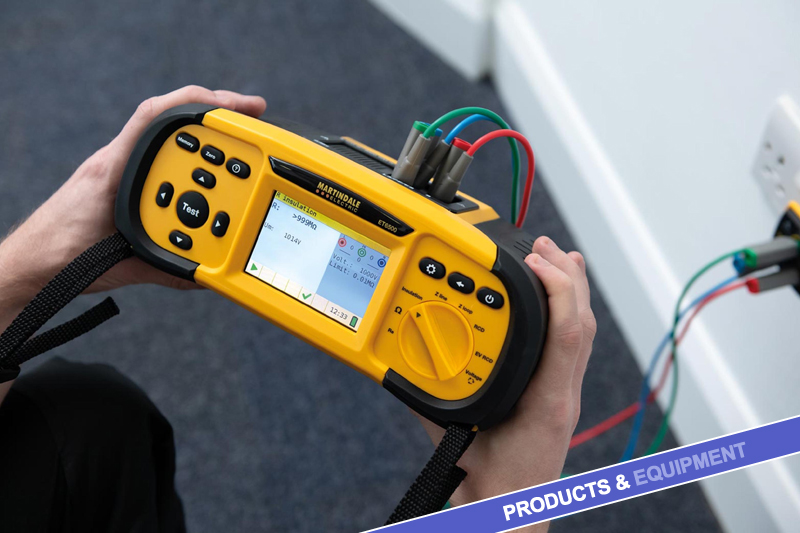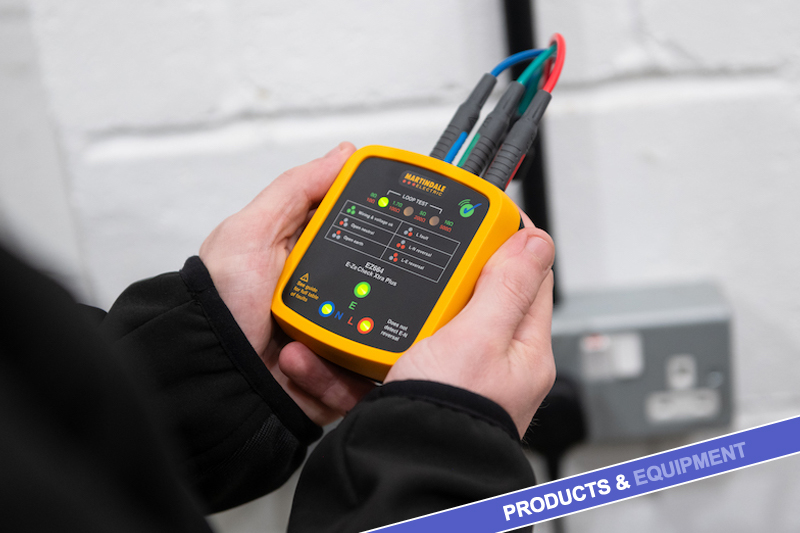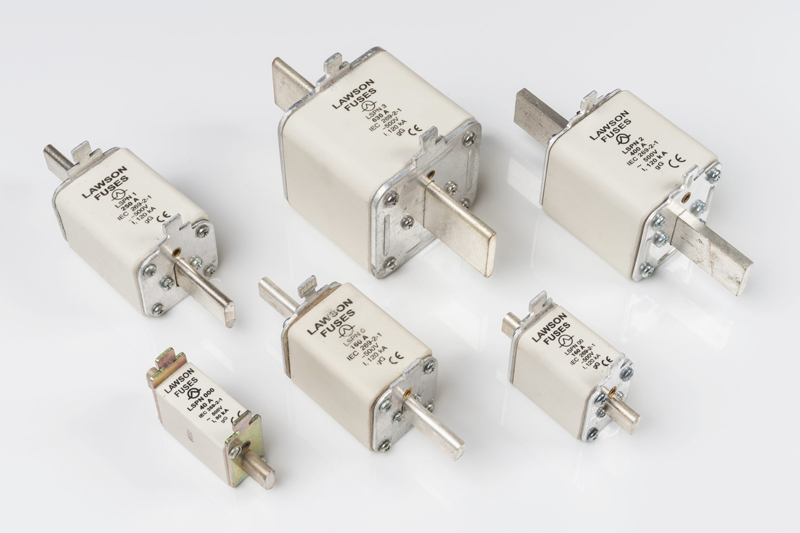According to the latest statistics from the Health and Safety Executive, electricity continues to pose a deadly threat in the workplace.
Steve Dunning, Managing Director of Martindale Electric, explains how to minimise the dangers of working with electricity, prevent accidents and save lives. Electricity is a powerful force that demands respect and caution from those who work with it – every electrician knows that even a small mistake can have catastrophic consequences. Each year the Health and Safety Executive (HSE) receives reports of electrical accidents in the workplace. These incidents are often caused by electric shocks and burns, which can result in permanent and life-changing injuries. Some reports, however, register a loss of life and sadly, the latest figures published in late 2022 show that fatalities have again occurred.
Responsibility
Prioritising safety and taking all necessary precautions when working with electricity, therefore, is not only essential but a professional responsibility that must be upheld at all times.
The main hazards associated when working with electricity are electric shock and burns from contact with live parts, injuries from exposure to arcing, fire from faulty electrical equipment or installations, and even explosions caused by unsuitable electrical apparatus or static electricity igniting flammable vapours or dusts. It is important to note that electric shocks can also lead to other types of injuries, such as falls from ladders or scaffolding.
Clauses in both The Electricity at Work Regulations (EAWR) 1989 and The Management of Health and Safety Regulations at Work Regulations (MHSRW) 1999 require those managing electrical work to take steps to ensure a safe working environment. These include;
- making sure that those engaged in electrical work be competent, or under the supervision of someone who is,
- taking precautions to ensure electrical equipment that has been made dead does not become electrically charged,
- it also forbids work on or near a live conductor unless it is insulated, or it is unreasonable for it to be made dead.
The MHSRW further stipulates that employers must perform risk assessments before carrying out electrical work. Guidance from Electrical Safety First, the UK charity which works across the electrical industry and government to reduce deaths and injuries caused by electrical accidents, states that contractors should use a dedicated voltage indicator and proving unit to prove dead before any work is carried out on a circuit.
Staying ALIVE
For an electrical contractor, keeping up to date with the latest safety risks and taking the necessary precautions to safeguard yourself, your colleagues, and the public is crucial. Martindale Electric knows the critical importance of safe working practices and, with electricians in mind, has developed the acronym ALIVE: a memorable isolation procedure to help reduce the number of electricity-related injuries and fatalities in the workplace:
A is for Approved kit. The first step in the ALIVE isolation procedure is to ensure that your equipment meets all legal safety standards. Always make sure your voltage indicator complies with BS EN 61243-3, such as the VI13800 voltage indicator from Martindale Electric, specifically designed to meet this standard. This will help to ensure that your equipment is functioning correctly and that you can detect dangerous voltages in the circuit.
L is for Lock Out. Next, identify the point of isolation – lock it off and place warning tags onto the equipment. A good lock-off kit should include a selection of MCB Lock Off devices, a padlock with a unique key, a hasp if more than one person is working on a system, lock-out tags and warning labels. This will help to prevent anyone from accidentally turning the power back on while you are working on the circuit.
I is for Initial Prove. After locking out the equipment, the next step is to test your voltage indicator against the proving unit to make sure it is working properly. It is recommended to use a dedicated proving unit matched to the voltage indicator to test that all LEDs on all ranges are fully working. A proving unit is safer than the mains and provides a live source wherever you are working.
V is for Voltage Test. The fourth step in the ALIVE procedure is to use your voltage indicator to make sure dangerous voltage levels are not in the circuit you are about to work on. This includes testing for dangerous voltages on any circuit conductor to be worked on, whether single or three-phase. Verify that the circuit you intend to work on is the correct circuit which you have safely isolated.
E is for Ensure. Finally, prove the voltage indicator against the proving unit again before starting to work on the circuit. Re-test your voltage indicator is functioning and working correctly to make sure that no damage has occurred, or fault appeared on your equipment.
Safety first
Electrical safety in the workplace is a critical issue that requires the attention and dedication of everyone involved with electricity. Implementing safe isolation procedures on low-voltage installations can significantly reduce the number of accidents and fatalities caused by electric shock or burns. The ALIVE procedure from Martindale Electric provides a simple and memorable way to ensure that you are following all the right steps to keeping yourself, and those around you, safe.
For more information, click here





